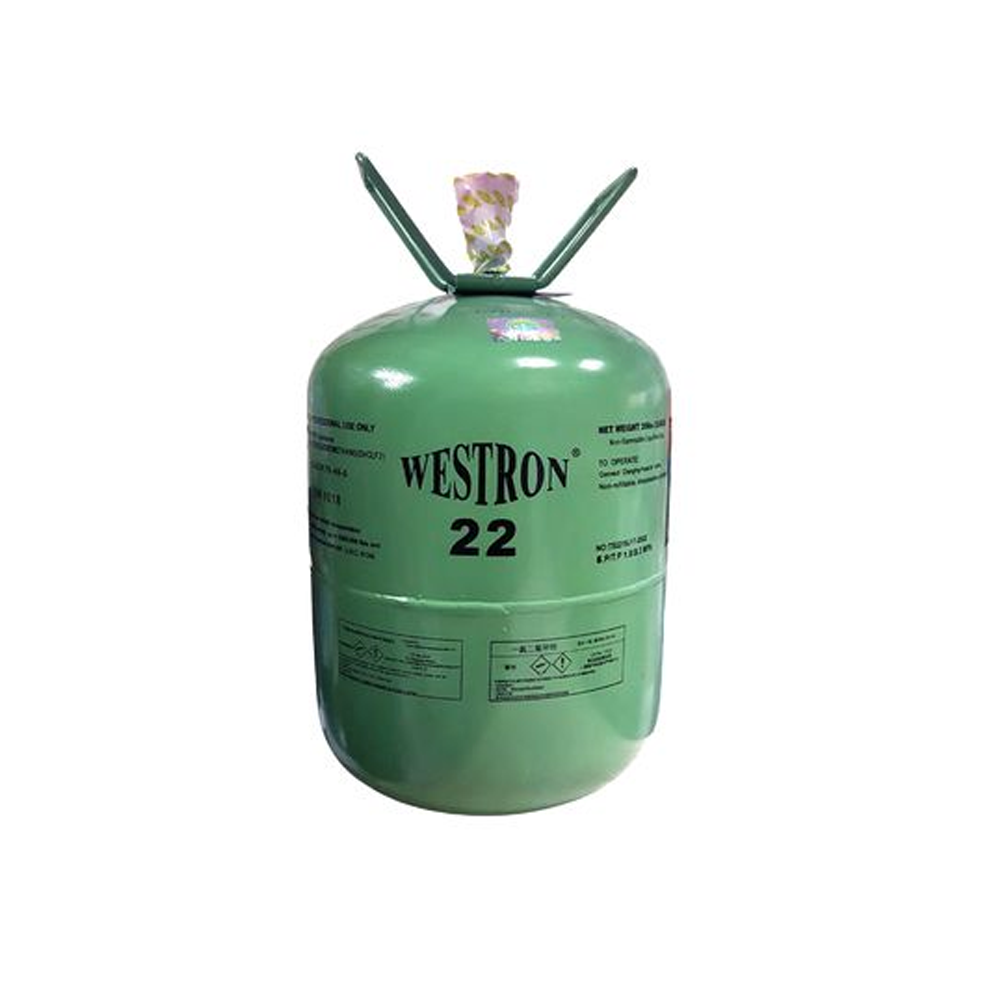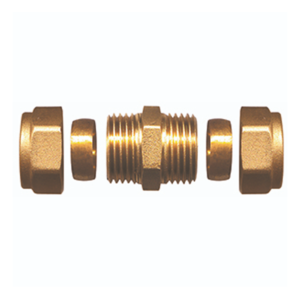🚚 Fast Delivery | ⭐ Best Quality | 📞 24/7 Support
+971 2 552 3918
info@coolwaybm.com
- Power Tools & Machinery
- Fire and Safety Equipement
Fire and Safety Equipement
- Adhesives
- Plumbing & Sanitary
- Packing Materials
Packing Materials
- Abrasives
- Carpentry
- Welding Accessories
Welding Accessories
- Fasteners
- Lock & Furniture Accessories
Lock & Furniture Accessories
- A/C Refrigeration
- Electrical
Electrical

د.إ1.00
You can add any HTML here
We suggest you to create a Saved Template in Dashboard -> Templates -> Saved Templates and use it by switching content type above to Saved template.
Long Description
Overview of Refrigerant Gases and Their Applications
Refrigerant gases are essential for air conditioning and refrigeration systems, facilitating the transfer of heat and helping maintain desired temperatures. Different refrigerants have unique characteristics, making them suitable for specific applications and environmental conditions. Below is an in-depth description of R22, R32, R134A, R410A, R290, R407C, R507, and R404A refrigerants.
1. R22
R22, also known as HCFC-22, was once a popular refrigerant in air conditioning systems due to its moderate efficiency and cooling capacity. However, it was phased out due to its contribution to ozone depletion. As a result, R22 production has significantly decreased, and it’s primarily used in older systems still in operation. Newer air conditioners and refrigerators no longer use R22, but it remains available for older units that haven’t transitioned.
2. R32
R32 is a modern refrigerant used in residential and commercial AC systems. Known for its high efficiency and low global warming potential (GWP), R32 is a single-component refrigerant that provides excellent cooling performance. Its low environmental impact and energy-saving capabilities make it a preferred choice in many new air conditioning models. However, R32 is mildly flammable, so it must be handled carefully, especially during installation and maintenance.
3. R134A
R134A is commonly found in refrigeration and automotive air conditioning systems. It is a non-toxic refrigerant with zero ozone depletion potential, making it environmentally friendly compared to older options like R22. While it has a moderate GWP, R134A offers effective cooling performance and is compatible with many existing refrigeration systems. Due to its safety and efficiency, R134A is widely used, although it faces competition from newer refrigerants with even lower environmental impacts.
4. R410A
R410A is a high-efficiency refrigerant that is widely used in residential and commercial air conditioning systems. It is a blend of hydrofluorocarbon (HFC) gases and provides superior cooling capabilities without harming the ozone layer. While R410A has a relatively high GWP, it is a non-toxic and non-flammable refrigerant that ensures reliable and effective cooling. Many air conditioners today are designed for R410A, especially those focused on high energy efficiency.
5. R290 (Propane)
R290, also known as propane, is an eco-friendly refrigerant gas with a very low GWP. It is highly efficient, particularly in smaller air conditioning units and various refrigeration systems. R290 is a natural refrigerant and is widely considered a green alternative due to its minimal environmental impact. However, as it is a flammable substance, proper precautions must be taken during its use, especially in large-scale applications. R290 is favored for its energy efficiency and environmental benefits.
6. R407C
R407C is a blended refrigerant gas often used in air conditioning systems. It has a moderate GWP and does not harm the ozone layer. While R407C is a replacement for R22 in various air conditioning applications, it does not perform as well as R410A or R32 in terms of energy efficiency. However, it remains a viable choice for applications where moderate efficiency is acceptable, and it has compatibility with a wide range of AC equipment.
7. R507
R507 is primarily used in commercial refrigeration systems, such as those found in supermarkets and food storage facilities. It is a stable and non-toxic refrigerant blend, offering good performance for low- and medium-temperature applications. Although it has a moderate GWP, R507 does not impact the ozone layer. Its chemical stability and compatibility with many existing refrigeration systems make it a practical choice for various commercial applications.
8. R404A
R404A is a popular refrigerant blend for low- and medium-temperature commercial refrigeration. Often used in supermarkets, commercial freezers, and industrial cooling systems, R404A is stable, efficient, and compatible with numerous applications. However, R404A has a relatively high GWP, which has led to increasing efforts to find greener alternatives for commercial refrigeration. Despite this, R404A remains a widely used option due to its reliable performance and compatibility with many existing systems.
Environmental Impact and Efficiency Considerations
The environmental impact of refrigerants is measured by two key metrics: ozone depletion potential (ODP) and global warming potential (GWP). R22, an older refrigerant, has a high ODP, contributing to the depletion of the ozone layer. In contrast, most modern refrigerants like R32, R410A, and R134A have zero ODP but vary in GWP. Newer options such as R290 have both low GWP and zero ODP, making them the most eco-friendly.
Energy efficiency is also crucial in refrigerant selection, as it affects operating costs and overall environmental impact. R32, R410A, and R290 are known for their high efficiency, helping reduce energy consumption and emissions. However, flammability concerns with R32 and R290 require careful handling, installation, and storage.
Conclusion
Each refrigerant gas serves specific applications and offers unique advantages based on environmental impact, efficiency, and safety. Transitioning to low-GWP and zero-ODP refrigerants is essential in minimizing environmental harm. R32, R290, and R410A represent progress toward more sustainable refrigerant options, with each playing a role in balancing performance and ecological responsibility.
There is £4.99 charge for delivery under £50 Orders. Additional charges will be imposed by our couriers for delivery to remote area, a surcharge may be levied to cover carriage to these areas.
R22 R32 R134A R410A R290 R407c R507 R404A Refrigerant Gas
Short Description
- R22: Commonly used in air conditioning systems; offers moderate efficiency and cooling capacity. Phased out due to ozone depletion.
- R32: Low global warming potential (GWP); highly efficient; used in residential and commercial AC systems.
- R134A: Used in refrigeration and automotive air conditioning; non-toxic and ozone-friendly but moderate GWP.
- R410A: Ideal for high-efficiency residential and commercial AC systems; non-toxic, non-flammable, with a relatively high GWP.
- R290 (Propane): Eco-friendly with low GWP; highly efficient, commonly used in small AC units and refrigeration.
- R407C: Blend refrigerant; used in air conditioning; has moderate GWP but offers no ozone depletion.
- R507: Primarily used in commercial refrigeration; non-toxic, stable, with moderate GWP.
- R404A: Blend refrigerant; often used in low- and medium-temperature commercial refrigeration.
Long Description
Overview of Refrigerant Gases and Their Applications
Refrigerant gases are essential for air conditioning and refrigeration systems, facilitating the transfer of heat and helping maintain desired temperatures. Different refrigerants have unique characteristics, making them suitable for specific applications and environmental conditions. Below is an in-depth description of R22, R32, R134A, R410A, R290, R407C, R507, and R404A refrigerants.
1. R22
R22, also known as HCFC-22, was once a popular refrigerant in air conditioning systems due to its moderate efficiency and cooling capacity. However, it was phased out due to its contribution to ozone depletion. As a result, R22 production has significantly decreased, and it’s primarily used in older systems still in operation. Newer air conditioners and refrigerators no longer use R22, but it remains available for older units that haven’t transitioned.
2. R32
R32 is a modern refrigerant used in residential and commercial AC systems. Known for its high efficiency and low global warming potential (GWP), R32 is a single-component refrigerant that provides excellent cooling performance. Its low environmental impact and energy-saving capabilities make it a preferred choice in many new air conditioning models. However, R32 is mildly flammable, so it must be handled carefully, especially during installation and maintenance.
3. R134A
R134A is commonly found in refrigeration and automotive air conditioning systems. It is a non-toxic refrigerant with zero ozone depletion potential, making it environmentally friendly compared to older options like R22. While it has a moderate GWP, R134A offers effective cooling performance and is compatible with many existing refrigeration systems. Due to its safety and efficiency, R134A is widely used, although it faces competition from newer refrigerants with even lower environmental impacts.
4. R410A
R410A is a high-efficiency refrigerant that is widely used in residential and commercial air conditioning systems. It is a blend of hydrofluorocarbon (HFC) gases and provides superior cooling capabilities without harming the ozone layer. While R410A has a relatively high GWP, it is a non-toxic and non-flammable refrigerant that ensures reliable and effective cooling. Many air conditioners today are designed for R410A, especially those focused on high energy efficiency.
5. R290 (Propane)
R290, also known as propane, is an eco-friendly refrigerant gas with a very low GWP. It is highly efficient, particularly in smaller air conditioning units and various refrigeration systems. R290 is a natural refrigerant and is widely considered a green alternative due to its minimal environmental impact. However, as it is a flammable substance, proper precautions must be taken during its use, especially in large-scale applications. R290 is favored for its energy efficiency and environmental benefits.
6. R407C
R407C is a blended refrigerant gas often used in air conditioning systems. It has a moderate GWP and does not harm the ozone layer. While R407C is a replacement for R22 in various air conditioning applications, it does not perform as well as R410A or R32 in terms of energy efficiency. However, it remains a viable choice for applications where moderate efficiency is acceptable, and it has compatibility with a wide range of AC equipment.
7. R507
R507 is primarily used in commercial refrigeration systems, such as those found in supermarkets and food storage facilities. It is a stable and non-toxic refrigerant blend, offering good performance for low- and medium-temperature applications. Although it has a moderate GWP, R507 does not impact the ozone layer. Its chemical stability and compatibility with many existing refrigeration systems make it a practical choice for various commercial applications.
8. R404A
R404A is a popular refrigerant blend for low- and medium-temperature commercial refrigeration. Often used in supermarkets, commercial freezers, and industrial cooling systems, R404A is stable, efficient, and compatible with numerous applications. However, R404A has a relatively high GWP, which has led to increasing efforts to find greener alternatives for commercial refrigeration. Despite this, R404A remains a widely used option due to its reliable performance and compatibility with many existing systems.
Environmental Impact and Efficiency Considerations
The environmental impact of refrigerants is measured by two key metrics: ozone depletion potential (ODP) and global warming potential (GWP). R22, an older refrigerant, has a high ODP, contributing to the depletion of the ozone layer. In contrast, most modern refrigerants like R32, R410A, and R134A have zero ODP but vary in GWP. Newer options such as R290 have both low GWP and zero ODP, making them the most eco-friendly.
Energy efficiency is also crucial in refrigerant selection, as it affects operating costs and overall environmental impact. R32, R410A, and R290 are known for their high efficiency, helping reduce energy consumption and emissions. However, flammability concerns with R32 and R290 require careful handling, installation, and storage.
Conclusion
Each refrigerant gas serves specific applications and offers unique advantages based on environmental impact, efficiency, and safety. Transitioning to low-GWP and zero-ODP refrigerants is essential in minimizing environmental harm. R32, R290, and R410A represent progress toward more sustainable refrigerant options, with each playing a role in balancing performance and ecological responsibility.
There is £4.99 charge for delivery under £50 Orders. Additional charges will be imposed by our couriers for delivery to remote area, a surcharge may be levied to cover carriage to these areas.
Reviews
There are no reviews yet.
- Free shipping on all orders above 50,00
- No hassle returns, 30 days return
- Next day delivery within your country











Reviews
There are no reviews yet.